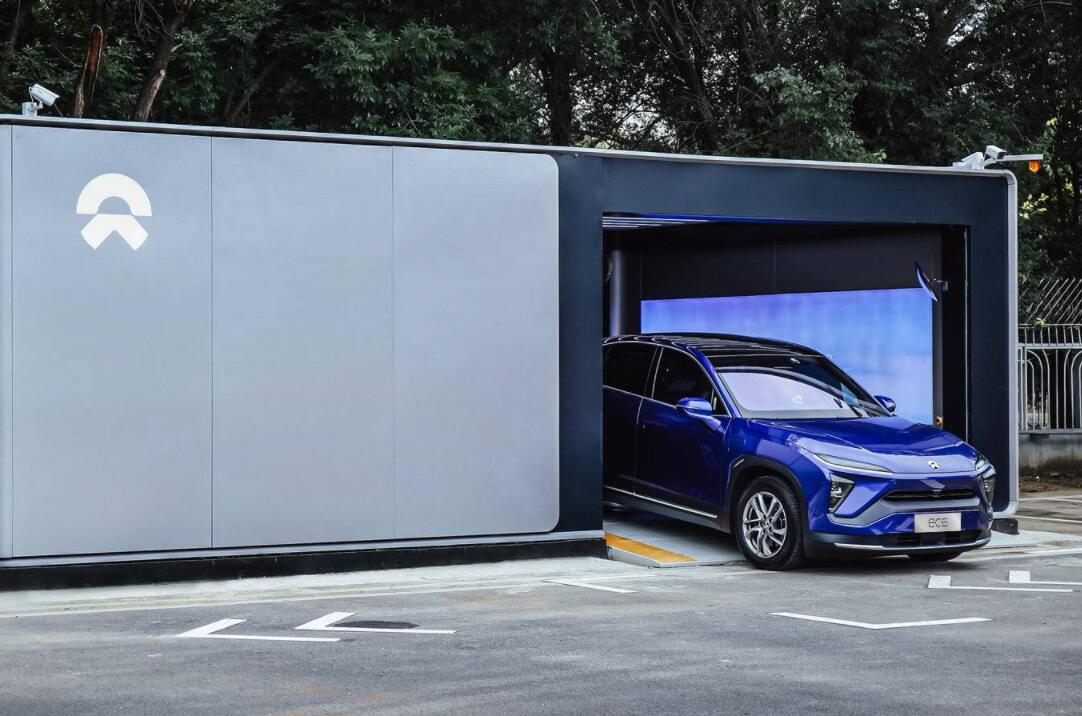
As of August 14, Nio had 366 battery swap stations in China, but many of its local counterparts are also building their own battery swap stations.
BAIC BJEV said it has been developing battery swap technology since 2011 and has been exploring battery swap operating models from 2016 to 2018.
As of November 2020, BAIC BJEV had 225 battery swap stations in 19 cities in China, with 22,000 battery swap-enabled vehicles in operation, though they are for the cab market only.
The company said it will build more than 100 battery swap stations this year in Hainan, Dongguan, Zhuhai, Shenzhen, Shandong, and Shanxi.
Geely said it began to set foot in battery swap in 2017, with more than 1,000 R&D staff and more than 30,000 experiments.
Geely built its first battery swap station last September and said it will build more than 200 battery swap stations by 2023.
Notably, Geely has signed up more than 1,000 battery swap stations in China.
SAIC launched the battery swap-enabled Roewe Ei5 in March and said it will have more than 3,000 units in place by the end of the year.
SAIC also partnered with Aulton, a battery swap platform in which BAIC has a 30 percent stake, to build 200 to 300 battery swap stations in Shanghai by 2025.
A month later, Changan Automobile also partnered with Aulton to build 20 battery swap stations and delivered 200 battery swap-enabled cabs, the Eado EV460.
In addition, GAC NE, Hozon Auto, FAW Group, and Dongfeng Motor all announced that they would enter the battery swap industry.
Companies other than automakers entering the battery swap sector include Aulton and Hangzhou Botan Technology.
As of April, Aulton had 304 battery swap stations in China, and the company said the number will exceed 5,000 by 2025.
As of April, China had only 617 battery swap stations (Nio had 206 at the time), and more than 90,000 private passenger cars and 25,000 cabs support battery swap, meaning the number of battery swap stations is less than the market needs.
The distribution of battery swap stations in China is very uneven, and even the price of housing in some areas can be affected by the distance of battery swap stations.
Tesla demonstrated 90-second battery swap technology in 2013, but withdrew from the field due to inconsistent vehicle battery standards and poor compatibility, among other reasons.
battery swap in China originated in 2010 with an electric vehicle project by State Grid in Zhejiang, but it stopped development in 2013.
It wasn't until the establishment of Aulton in 2016 and the adoption of the technology by Nio that it was brought back to attention in China.



